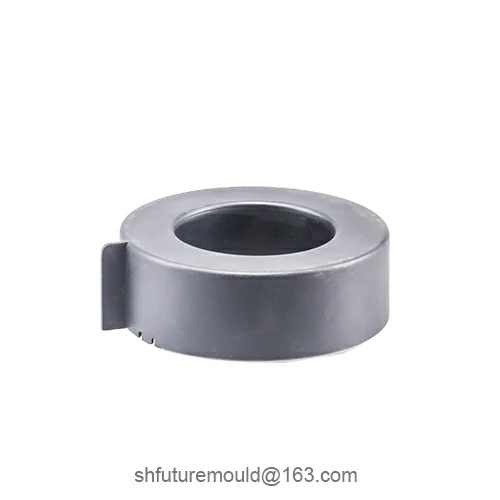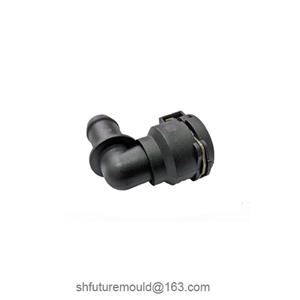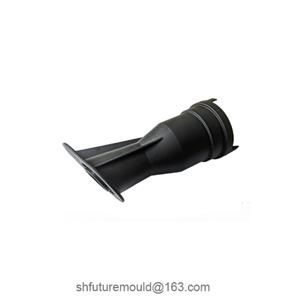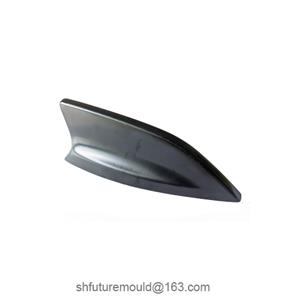Purpose of Welding in Injection Molds
Localized wear, defects, or minor structural adjustments often occur during prolonged use or design modifications of injection molds. To restore mold precision, meet new process requirements, extend service life, and reduce maintenance costs, the "welding" process (typically gas welding or brazing) is commonly employed for localized mold repairs.
The main purposes of welding in injection molds include:
1. Repairing Wear or Damage
After extended use, surfaces of cavities and core/cavity components may develop scratches, pitting, cracks, or dimensional deviations. Targeted welding repairs followed by machining and reshaping can restore the original geometric configurations and precision.
2. Filling Localized Defects
Welding provides rapid defect filling for localized erosion (e.g., around runner gates or vent slots) or small pits caused by metal fatigue during injection molding. Subsequent precision turning and polishing extend mold lifespan.
3. Local Structural Modifications
When product adjustments require minor changes, sufficient welding material can be deposited in specific areas before precision machining new structures, eliminating the need for complete mold replacement.
4. Cost Efficiency
Compared to full mold refurbishment or frame replacement, localized welding repairs offer faster implementation, material savings, and significant reductions in maintenance expenses and production downtime.
5. Enhancing Surface Hardness (with subsequent heat treatment or nitriding)
For critical wear-prone areas (e.g., gate zones or ejector pin holes):
Special alloy welding deposits can be applied.
Followed by nitriding or quenching processes
This combination significantly improves wear resistance while maintaining structural integrity.
- Injection Mold
- Automotive Injection Mold
- Electronics & Electrical Injection Mold
- Consumer Goods Injection Mold
- Airplane Components Injection Mold
- Medical Components Injection Mold
- Irrigation Components Injection Mold
- Injection Molds




